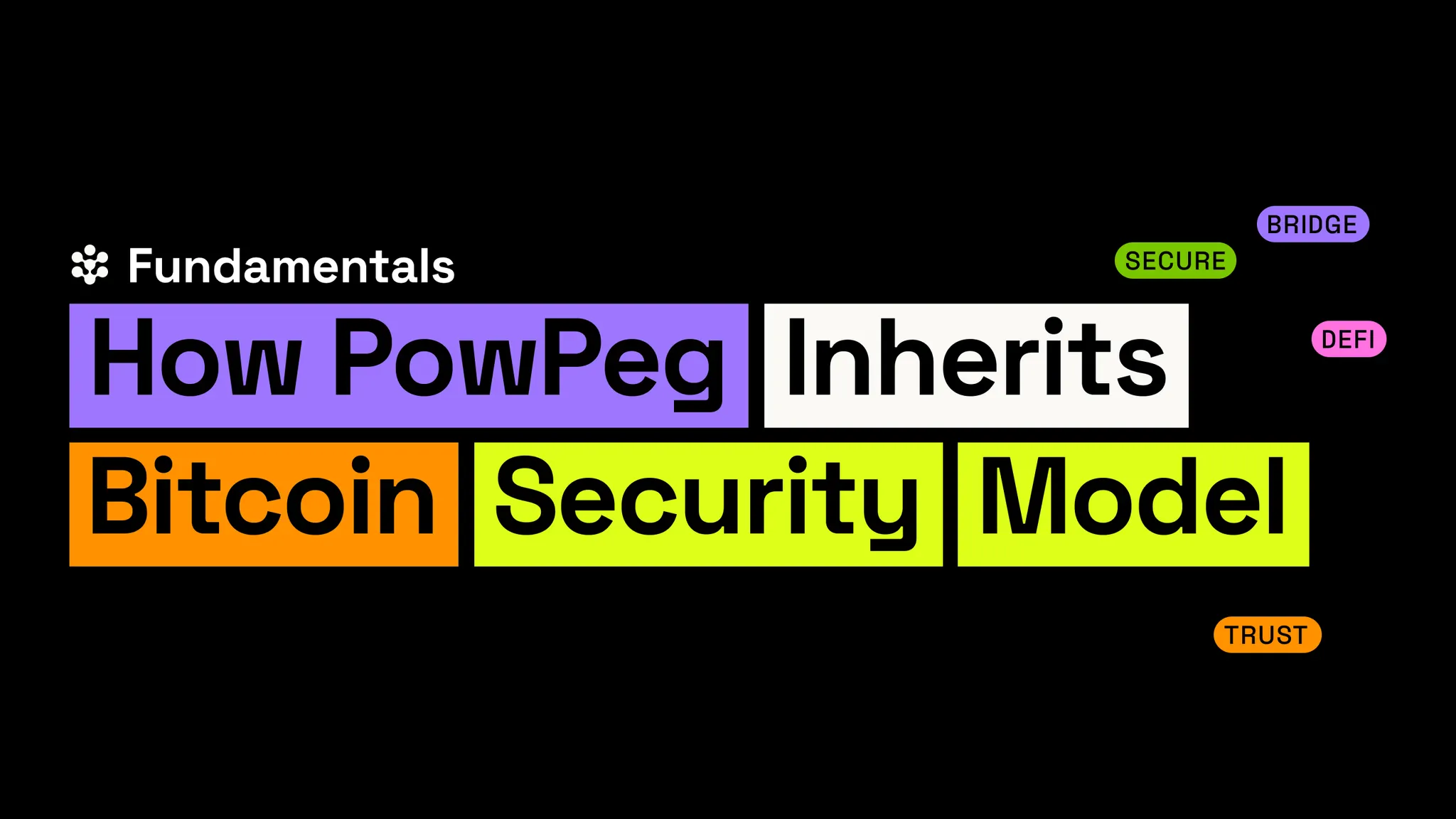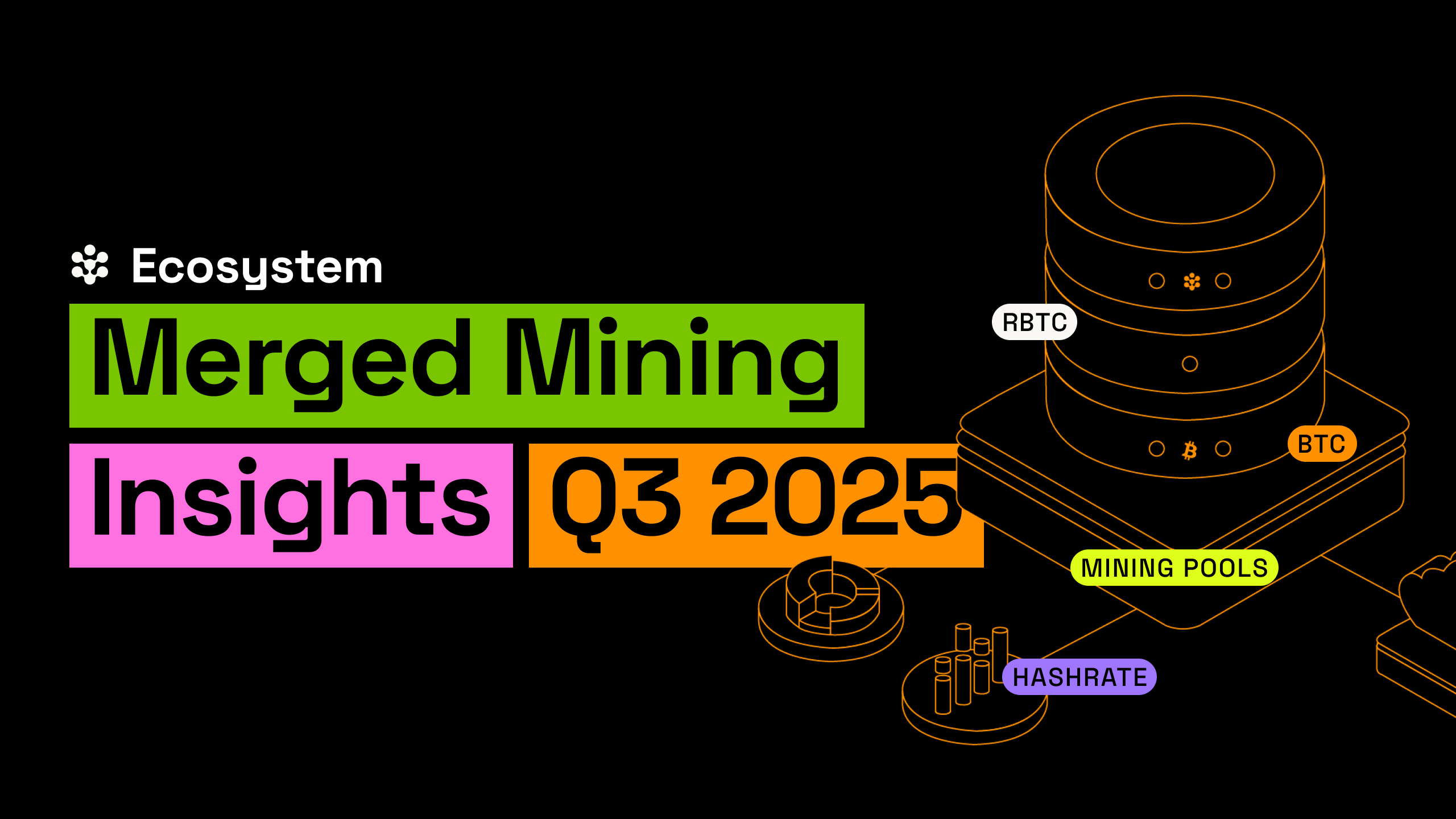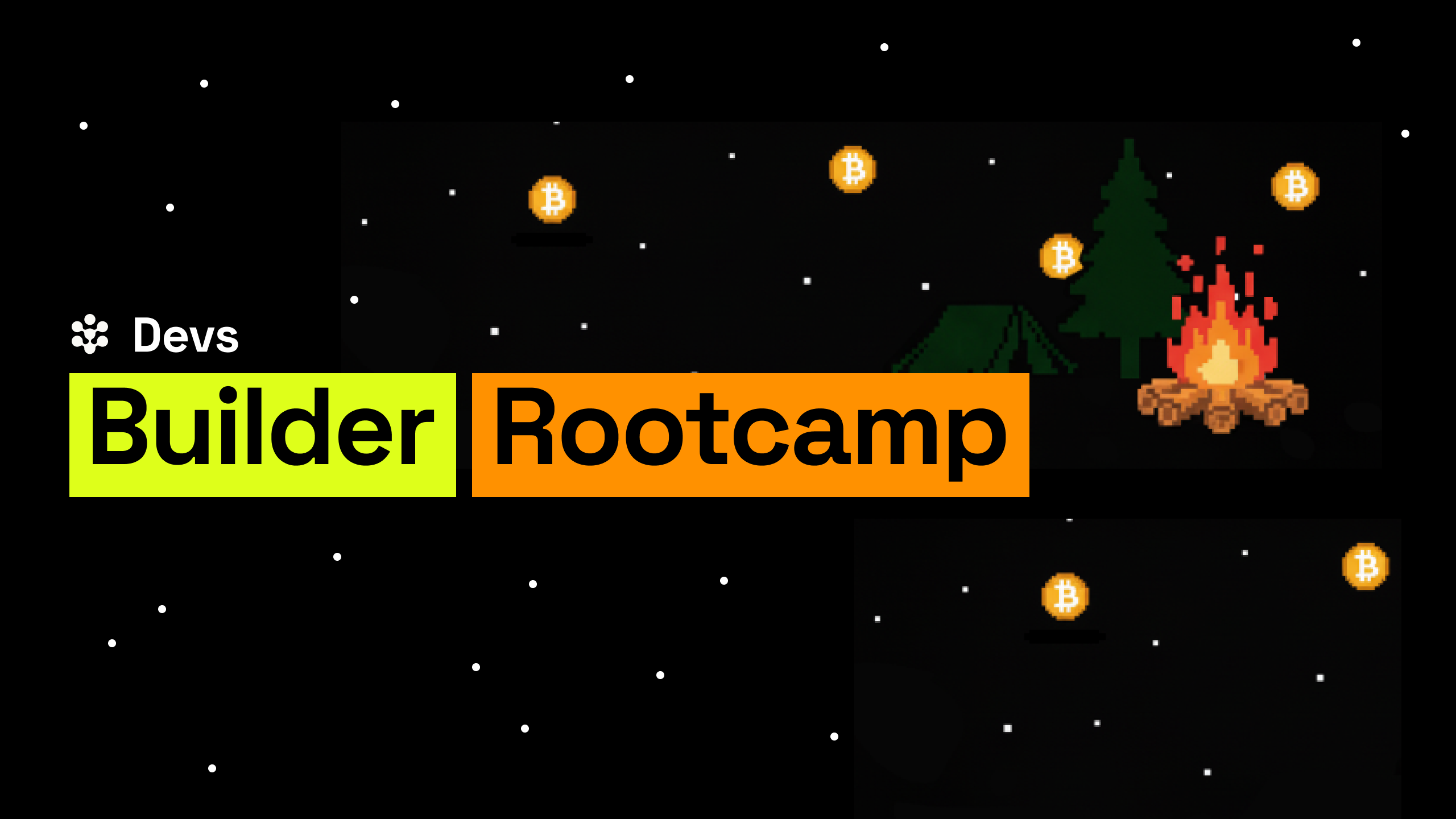This article is part of Rootstock’s series “Building DeFi on Bitcoin” exploring different solutions and integrations on the Rootstock blockchain that enable scaling Bitcoin, bringing DeFi capabilities to the world’s first blockchain.
Syklo, the non-custodial wallet USDC wallet built on the public repository of the Air protocol, has recently announced the integration of Rootstock into the wallet, bringing new ways to easily access Rootstock tokens.
In this step-by-step guide, we explore how to access Rootstock tokens through the Syklo noncustodial wallet.
Steps to using Syklo wallet
If you don’t already have a Syklo wallet, follow this guide to create a new non-custodial wallet.
Once you’ve got your wallet, you can begin:
Step 1:
Login to your wallet via https://webapp.syklo.io/login
Step 2:
Choose within the app from which deposit address you will spend or receive, for example, RBTC.

Step 3:
Look through the list of compatible payment methods for the currency you want to set up.
Within the Syklo wallet, RBTC is compared to the USD as a reference. It is recommended to use the Defiant wallet to make transactions. (Although the payment method is identified as ‘Defiant RBTC’, you can use the service, wallet, or provider of your choice).

Step 4:
Set a unique tag for your payment method and indicate the Rootstock deposit address.

Step 5:
Go to the “Buy/Sell” option on the left navigation bar, and choose your preferred payment method. After that, you can add the amount of funds you want to exchange and click Sell!
The app will aggregate information about this route and display the best available match to complete the swap.

Step 6:
Once you’ve reviewed the transaction details, click and hold on the “Accept” button. The receiver will be notified of the transaction to proceed with the exchange.

Step 7:
When your counterpart accepts the exchange, the transaction status will change from ‘Pending’ to ‘Accepted’.
From that point, a countdown of a couple of minutes will start for your RBTC to be deposited into the configured address.

Step 8:
When your RBTC is sent, the transaction status will update to ‘Confirmed’. Check your available balance in the external deposit address and confirm the receipt of funds so your counterpart can receive payment for the acquired RBTC.

And you’re done!
Looking for alternative ways to get RBTC?
Read this comprehensive list of all the methods to get in the Rootstock ecosystem by getting your RBTC.
About Syklo
Syklo is a non-custodial USDC wallet, built on the public repository of the Air protocol, accessible from almost any web browser. It facilitates easy, secure, and low-cost exchange of FIAT and crypto assets among people who may not even know each other, through smart contracts on the Stellar blockchain.
Operating since 2021, Syklo aims to connect local financial systems and be the preferred bridge for fund transfers among different banks, payment platforms, and crypto-wallets.


